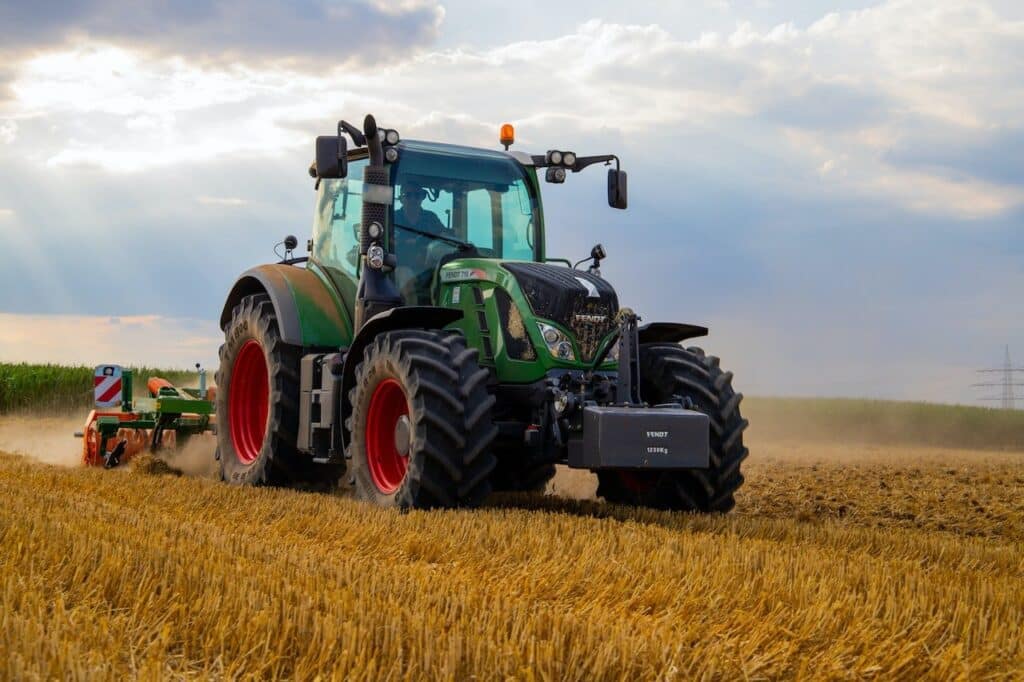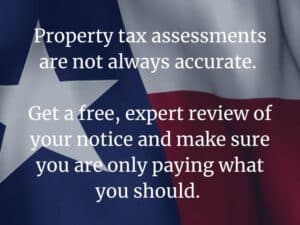If you own rural land in Texas, you’ve likely heard of the agricultural exemption, often called the “ag exemption.” While the name suggests a tax-free benefit, the reality is a bit more complex and highly valuable when used correctly. Texas agricultural exemption benefits can significantly reduce your property tax bill, but only if you meet the specific qualifications set by your local appraisal district. At TexasPVP, we help landowners across the state navigate the rules and secure these important savings.
What Is the Agricultural Exemption?
The agricultural exemption isn’t a true exemption it’s a special valuation. That means your land is taxed based on its agricultural productivity value (what it would generate in income through ag use) rather than its market value. Benefiting from Texas agricultural exemption, in most cases, results in much lower property taxes.
There are different types of ag exemptions, including:
- Open-space (1-d-1) land use: Based on actual and current agricultural use.
- Timber exemption: For tracts used to produce timber or forest products.
- Wildlife management use: For land used to sustain native wildlife populations.
Who Can Qualify for the Ag Exemption?
To qualify for the open-space ag exemption under Texas Property Tax Code Section 1-d-1, your property must meet several criteria:
- Land must be primarily used for ag purposes: This includes crop production, livestock grazing, beekeeping, hay production, or wildlife management, all contributing to Texas agricultural exemption benefits.
- Consistent ag use for 5 out of the past 7 years: New owners may inherit this history if the land has been previously qualified.
- Minimum acreage requirements: Vary by county and type of agricultural use.
- Proof of use: You may be asked to provide receipts, photos, livestock records, or lease agreements to show ongoing activity.
The deadline to apply is typically April 30, and each county may require renewal or proof of continued use annually.
Common Misunderstandings About Ag Exemptions
Myth 1: “I don’t need to do anything once I qualify.”
Truth: You must maintain the land’s ag use and be ready to prove it annually or risk rollback taxes.
Myth 2: “All rural land automatically qualifies.”
Truth: Location alone isn’t enough actual qualifying agricultural use is required.
Myth 3: “Buying land with an existing exemption means I’m covered.”
Truth: You must file your own application as a new owner and ensure continued compliance.
The Financial Impact of an Ag Exemption
The savings from an ag exemption can be substantial. Instead of being taxed on your land’s market value — especially as Texas land values rise — you’re taxed on what the land would produce agriculturally, which is often a fraction of the market rate. This demonstrates the value of Texas agricultural exemption benefits.
This is especially helpful for:
- Small-scale ranchers or farmers
- Landowners leasing land for grazing
- Investors holding large tracts for future development
How TexasPVP Helps You Secure and Maintain Your Ag Exemption
At TexasPVP, we support landowners throughout the process:
- Review your land’s current use and potential eligibility.
- Assist with documentation and application submission.
- Help prepare for audits or renewal reviews.
- Advise on compliance to avoid rollback taxes.
We also help landowners combine ag exemption benefits with a strong property tax protest strategy — maximizing overall tax savings year after year.
Don’t Miss Out on Valuable Tax Relief
If your land is eligible but you haven’t applied, you may be paying far more in property taxes than necessary. And if your land already qualifies, it’s essential to maintain accurate records and follow the rules to keep the exemption in place.
TexasPVP makes it easier. Whether you’re just learning about ag exemptions or need help managing the paperwork, our team can guide you every step of the way, enhancing your Texas agricultural exemption benefits.






